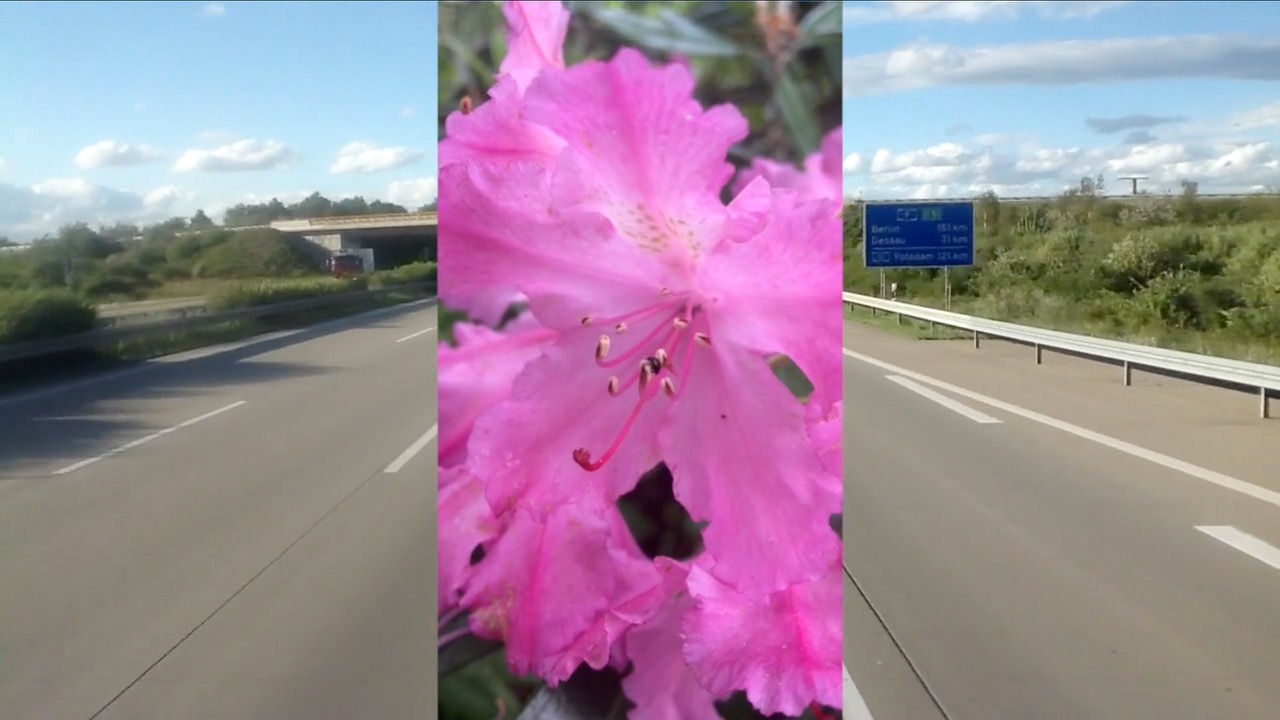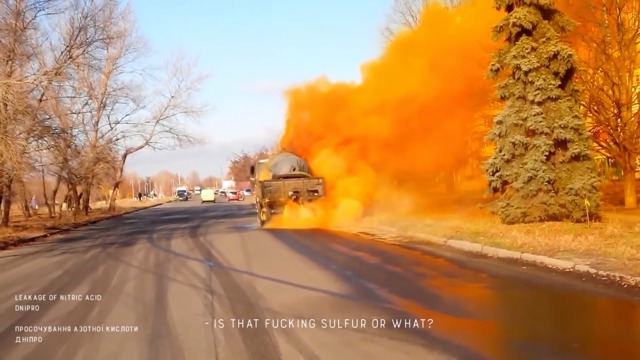
Springs.video launches with two video programmes
New international moving image streaming platform Springs.video launches two curated programmes
As a space for viewing and dialogue, Springs.video creates new possibilities for distributing moving image through its curated live streams, retrospectives and screenings, as well as the reviews, interviews and texts it commissions.
Springs.video launches with two video programmes selected by Inga Lāce and Aleksei Borisionok with Olia Sosnovskaya.
Latvian curator Inga Lāce who is currently a C-MAP Central and Eastern Europe Fellow at MoMA, New York curated a selection titled ‘Soft Landing’. A soft landing refers to a slow cooling down of the economy following a period of rapid expansion and growth. It usually involves the government’s attempts to slow down inflation to avoid a recession. According to the curator, ‘the video works in this session emphasise the life and work of communities and individuals in changing economic and social circumstances and a climate of general economic precarity, often starkly highlighting the already existing gender, ethnic or class inequalities, generational differences and difficulties to adapt, as well as emancipatory examples and utopian imaginaries.”
‘Labor protection in the Dnepropetrovsk region’ by Daniil Revkovskiy and Andriy Rachinskiy, 2018. Courtesy the artists
‘How to interrupt (work, time, movement)’ is a programme selected by Belarusian curators, researchers and writers Aleksei Borisionok and Olia Sosnovskaya. Political agency is normally associated with activity, movement and effort. The curators' focus, however, is, on the practices, gestures and events, which may be overseen or go unnoticed and which suspend common understandings of agency and action.
Borisionok and Sosnovskaya have been working on this programme in the midst of the anti-government protest in Belarus, which revealed — and is still doing so — the multitude of everyday forms of resistance and militancy, that complicate the notion of political struggle. Interruption and exhaustion are the key concepts in this regard, as the curators observe. They are materialised through the practices of strikes, blockages, refusal, sabotage, while also being interwoven into the temporality of political resistance. This is also a temporality that both encompasses legacies of the past and is driven by the desire of the future, saturates the present moment.
As a moving image streaming platform Springs.video also serves as an educational and curatorial archive. The primary focus of the curated selections in 2021 is on Eastern Europe with the aim to expand beyond this remit. ‘Quarantine, overproduction of contemporary art, a need for a more democratic distribution and many more reasons inspired the launch of a new international moving image streaming platform Springs.video,’ says Valentinas Klimašauskas, the platform’s curator-at-large.
‘Letters from mum III, Mishanya’ by Diana Tamane, 2020. Courtesy the artist
In 2021 Springs.video will include videos by Anton Sarokin, Piotr Bosacki, eeefff, Adrian Ganea, Antanas Gerlikas, Milda Januševičiūtė, Felix Kalmenson, Pavel Khailo, Martin Kohout, Mariia Kovtun, Olga Krykun, Julia Kul, Rafal Morusiewicz, Marina Naprushkina, Ignė Narbutaitė, Katrīna Neiburga, Ongoing Project. Video News, Gerda Paliušytė, Jaakko Pallasvuo, Anna Puolakka, Oelskiy Radinsky, Daniil Revkovsky and Anriy Rachinsky, Elske Rosenfeld, Anton Sarokin, Miša Skalskis, Ieva Kotryna Skirmantaitė, Anna Slámová, Anastasia Sosunova, Erdem Taşdelen, Viktor Timofeev, Marta Trektere, Daiva Tubutytė, Dana Venezia, Adam Walker and Vicki Thornton, Weronika Wysocka, Spesivtsev Yurievich, and others. The platform will feature curatorial selections by Elene Abashidze, Andreas Angelidakis, Aleksei Borisionok & Olia Sosnovskaya, Alexander Burenkov, Flora Gadó, Keiu Krikmann, Inga Lāce, Yates Norton, Michal Novotny, Matthew Post, Simona Žemaitytė and others.
Springs.video is programmed from Vilnius, Lithuania and is designed by Nerijus Rimkus, with IT programmed by Giedrė Kavaliūnaitė, curatorial assistance from Daura Polonskytė and curated by Valentinas Klimašauskas, its curator-at-large. The platform is funded by the Lithuanian Council for Culture.
